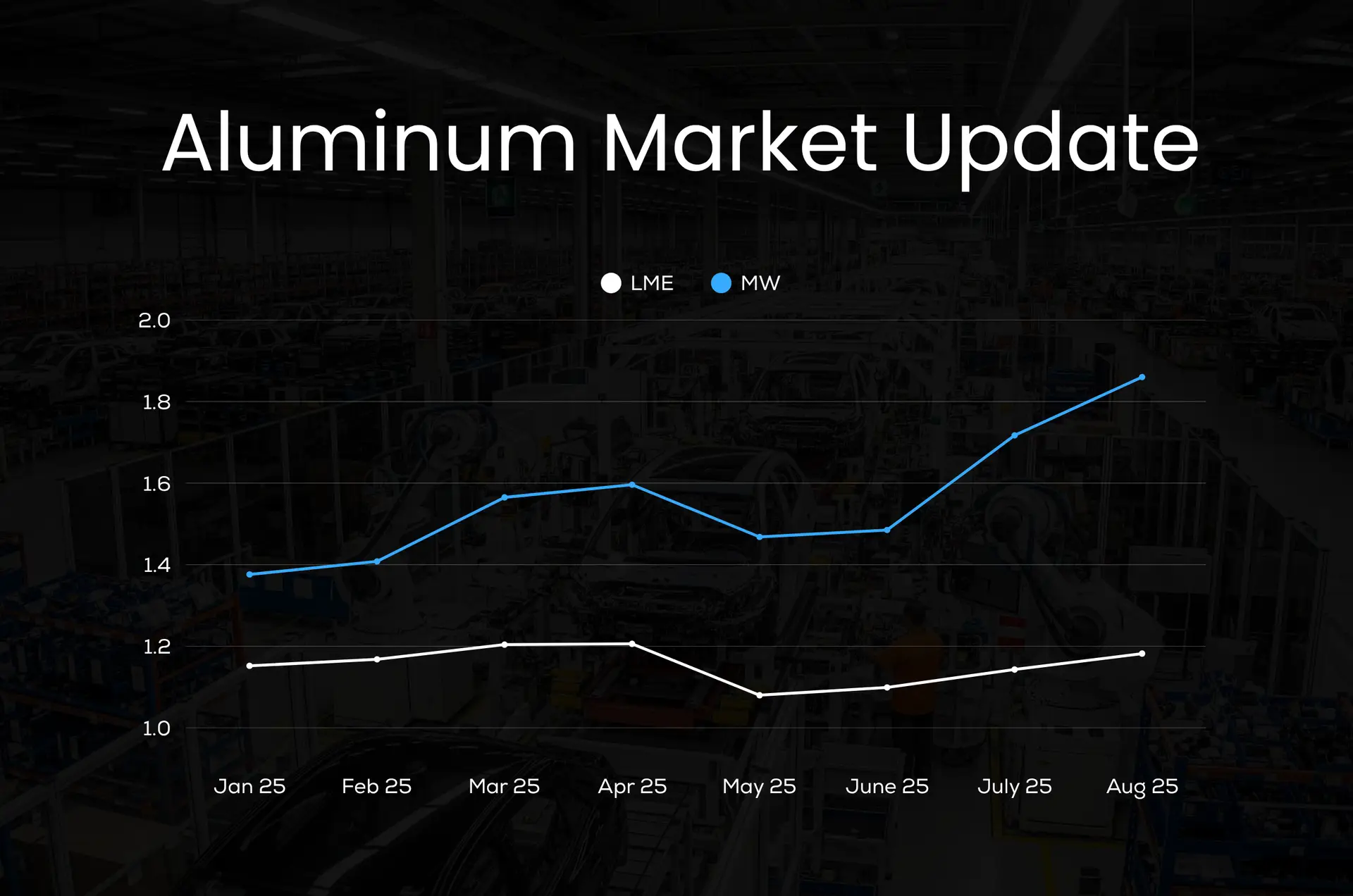Before you specify and pay too much, consider the difference and costs!
The American Architectural Manufacturers Association (AAMA) Specification 611-12 outlines test procedures and minimum standard requirements for Class I and Class II anodic coatings.
- Class I Architectural Coatings: Minimum thickness greater than 0.7 mils (18 microns), recommended for exterior applications in high traffic use, saltwater atmospheres with corrosion resistance of 3,000 hours in a salt spray test. $$$
- Class II Architectural Coatings: Thickness greater than 0.4 mils (10 microns, designed for interior applications with aesthetic value. Corrosion resistance of 1,000 hours in a salt spray test. $$
- Military Specification MIL-A-8625F: Hard Coat applied for extreme abrasive and environmental conditions, with a film thickness of 1.5 to 7.0 mils. Type II finishes are produced using a sulfuric acid bath (thickness of 1.8µ-25.4µ), while Type III refers to Hard Coat finishes (thickness of 12.7µ-115µ). $$$$$
*Coatings should be visibly free of surface imperfections and color shift on exposed surfaces when observed from 10 feet or more.*
*Data extracted from AAMA 611-12; MIL-A-8625F; ASTM test methods B 244-97, 487-85, 13795, 117-07, 136-84, and 680-80.*
Yes, we do them all. For more detailed information and expert application advice, please contact us via phone or email.



